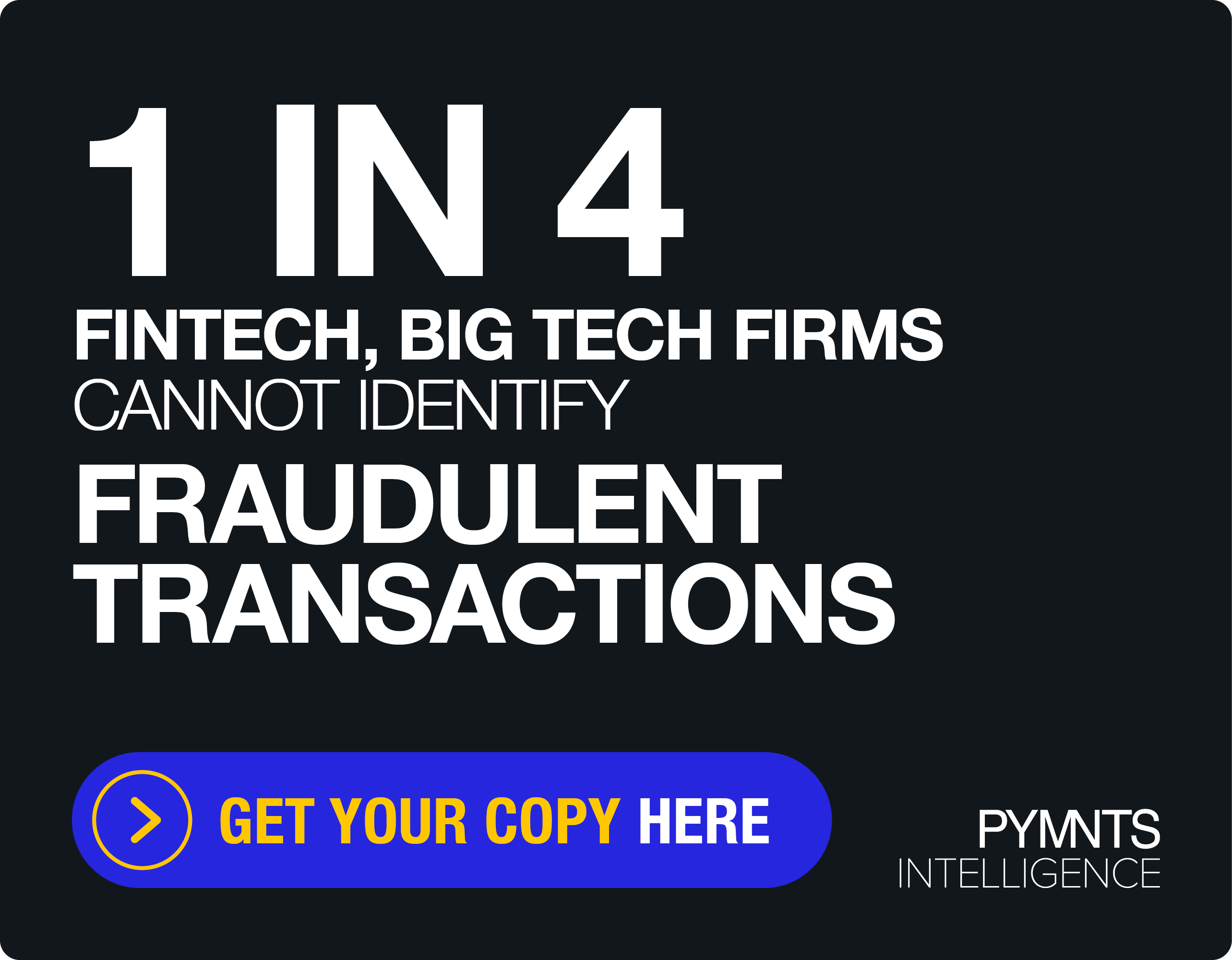Community Banks Prep For Credit Rebound, Seek Agent Bank Alternative

What do Tesla and incumbent OEMs have in common with FinTechs, community banks and legacy credit platforms? It may not seem to be a reasonable comparison at first, but Tesla saw a market opportunity, applied new technology and opened new distribution channels to deliver a suite of personalized products that didn’t focus on the status quo or the usual car-buying consumer. In order to be competitive, it focused on a new breed of car buyers. And in the process, incumbents have followed Tesla’s lead.
As Amir Wain, CEO of i2c, told Karen Webster in a recent conversation, there are clear comparisons to the current financial services landscape and the competition between banks and smaller, community-oriented financial institutions (FIs). “They (the smaller to mid-sized banks) need to realize that the [credit issuing] landscape has changed,” he said. “They do have the options and ability now to really offer a competitive product.”
As Wain explained, Tesla built a whole ecosystem – spanning distribution and supply chains – to support a new customer base. As for the incumbents, Mercedes and Audi didn’t sit idly by waiting for Tesla to take market share. They’ve built strong electric vehicle offerings, and are pivoting so that their (large) installed base can access a new, tech-driven product.
Similar dynamics are on display in financial services. The larger marquee names have the advantage of serving their markets in a holistic way, capitalizing on the regulatory environment and the needs of their existing customer base. And when those banks capitalize on the imminent credit rebound, Wain said, “they will start out with a bit of an advantage” – even if they have to grapple with legacy infrastructure and legacy mindsets.
But, like electric vehicles, the digital age has produced a distribution model to reach end users and platforms that can enable credit unions (CUs) and other smaller FIs to compete with their larger brethren – and the experience to which FinTechs aspire. It’s a marked shift from what was done even a few years ago.
All issuers, particularly those smaller regional FIs and credit unions, Wain said, can capitalize on those opportunities if they have the technology in place – and the contextual understanding of consumers – to offer the right credit cards and programs at the right time. It’s a win-win scenario for the consumers (who get access to credit) and for the FIs, which once relied on agent banks to deliver credit programs that offered little personalization and largely unfavorable economics.
The issue of preparing for the credit rebound is urgent. Even though debit spending has handily outpaced credit metrics over the last year, the banks and card networks are betting that a more financially stable, confident consumer will begin using credit cards more often, and/or apply for new ones.
Offering new credit products at scale will require new platforms and partnerships to satisfy the technical and operational requirements of building new products for hundreds of thousands of consumers and entities that “touch current and prospective clients with speed and lower costs,” said Wain. Plus, he noted, updates are automatic via Software as a Service (SaaS). On the operational side, FIs must wrestle with the demands of customer service, integration with the credit bureaus, credit reporting and delinquency management — not to mention connections and lockboxes, along with APRs and promotional aspects of the campaign.
Credit unions and community banks can compete in the current credit landscape by focusing on what Wain termed the “last mile” of the customer integration experience – in effect giving the FI a measure of control over crafting a credit portfolio. “Our role is to be an enabler and a partner, and as for what the product needs to be and who should it be marketed to and how it should be priced, we let our partners make those decisions,” he explained.
With that decision-making capability and power placed back in the hands of the FI, the issuer has the power to boost its P&L through tailored and contextual marketing efforts. PYMNTS data shows the potential: In one example, 60 percent of credit union consumers had credit relationships with their chosen CU, yet 60 percent of those individuals also had credit relationships somewhere else. That’s a lot of leakage that, if brought under one roof, could turbo-charge financial results and cement relationships with end users.
But it’s not just about the card. It’s also about digital issuance and ability to offer digital provisioning in a mobile wallet at the point of sale – with all of it housed inside an app, where at a high level, the consumer becomes the point of sale. In Wain’s words, plastic cards have been a nice-to-have, but digital will always be a must-have.
Managing The Downside
Of course, there is a downside that must be managed, noted Wain: On occasion, individuals may overspend and then have trouble covering their bills. Issuers must strive to manage the risk of that overreaching, tied as it is to delinquencies and defaults. He pointed to i2c’s communication manager tool, which allows FIs to manage educational programs that can alert borrowers to spending beyond their usual usage.
“The communication manager is fully integrated into the transaction processing system,” Wain explained. “You can craft these personalized messages and educational campaigns that can keep the user fully aware of what they’re doing, the risks of overspending and if they are approaching their credit limits.”
The platform model and embrace of partnerships, he said, allows FIs to assemble the different pieces they need – finding underwriters or leveraging i2c’s own underwriting engine. “We will pull the credit history,” Wain said. “We will pull the data from the bank. You can define business rules, you can set how the credit limits are set, but then you own the receivables.”
